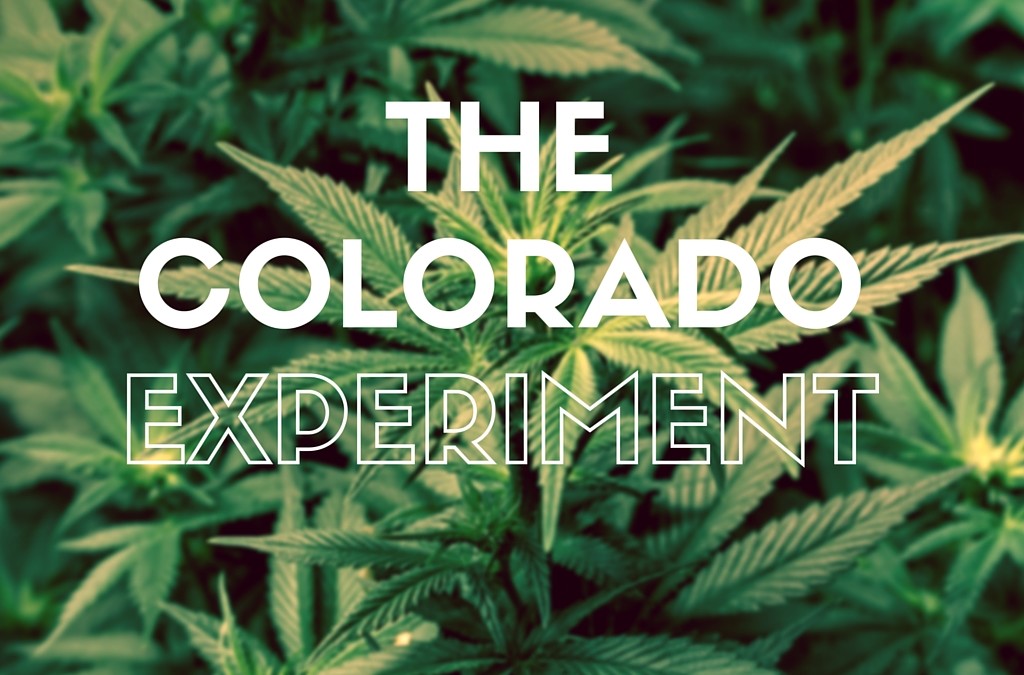When the Canadian Parliament considered decriminalizing marijuana possession back in 2003, U.S. officials loudly objected. They complained that the proposed reform would betray the anti-drug cause, and were worried that it would encourage drug tourism, and would facilitate smuggling of marijuana. So, they threatened to respond with a border crackdown that would impede trade and travel between the two neighboring countries.
Thirteen years later, those reforms look timid compared to the laws approved by some U.S. states. Even the nation’s capital lets adults 21 or older grow, possess, and share marijuana without penalties, although pot shops are on hold because of congressional objections. As Canada’s new government proceeds with its plans to legalize marijuana, it is following America’s legal states as an example.
The United States, which used to be the country pushing others to be tough on drugs, is now at the forefront of reform, and is supporting a flexible interpretation of drug control treaties, leaving room for bold changes; even drug legalization.
So what can other countries learn from the U.S. experience with marijuana legalization? While it’s too early to draw firm conclusions, a recent report from the Colorado Department of Public Safety (CDPS) shows a few discoveries that other countries can learn from:
Survey data indicates that cannabis consumption in Colorado has (obviously) risen since legalization. According to the National Survey on Drug Use and Health (NSDUH), the share of young adults (18-25) reporting marijuana use in the previous month rose from 26.8% in 2012 to 31.2% in 2014, continuing an upward trend that began in 2006. The same rate rose from 7.6% to 12.4% among adults 26 and older. Both post-2012 increases paralleled a national trend but were more substantial.
Taking caution is advised when analyzing survey results like these, since subjects are more willing to admit to marijuana use due to the drug’s legal status and its growing social acceptability. Hence some of the increase in reported use may reflect greater candor rather than greater consumption, as acknowledged by the CDPS.
There Are Mixed Signals About Its Impact on Teens
The Healthy Kids Colorado Survey actually found that the rate of past-month marijuana use by teens, 12-to-17-year-olds fell from 22% in 2011 to 19.7% in 2013.
Some argue the opposite because the NSDUH, by contrast, measured an increase, from 10.5% in 2012 to 12.6% in 2014. However, this change was not statistically significant. This NSDUH estimate has been rising more or less steadily since 2006, so the post-2012 increase may not even be related to legalization.
Medical Records Are More Likely to Mention Marijuana
According to data compiled by the Colorado Department of Public Health and Environment, 2.4% of hospitalization records included references to marijuana, up from 1.4% in the period from 2010 through 2013.
However, again, the CDPS notes that this doesn’t necessarily mean the visit is motivated by marijuana exposure, especially with such a small increase that is hardly statistically significant.
These numbers may reflect an increase in marijuana-related medical issues tied to an increase in consumption. But they also may reflect a greater prevalence of marijuana use among patients (whether or not it contributed to their problem), a greater willingness among patients to report marijuana use, and a greater inclination among medical personnel to ask about marijuana use and make a note of it, since legalization.
Greater Availability May Increase Calls to Poison Control Centers
Marijuana-related calls to the Rocky Mountain Poison and Drug Center (RMPDC) more than doubled after legalization. This increase may be partly due to increased openness about cannabis, but it is also plausible that some of it is related to easier availability of marijuana products.
Something else I have personally seen are problems with consuming in the “Rocky Mountains.” Many tourists come here, whether it is to consume cannabis, or for other reasons. One thing that is consistent and notable is that people who are not used to this altitude tend to have problems adjusting to the dry climate and high altitude. Just like with alcohol, people’s bodies have a more difficult time “dealing with” marijuana when they are not used to the climate and altitude.
This is a result of a lack of education about consumption. As more states legalize, education is likely to increase and improve, and these calls will likely go down.
Regardless, marijuana still accounts for a very small fraction of the calls the RMPDC receives each year, and it is suggested that they are rarely serious.
Respecting Human Rights Means Respecting Their Choices (Even if They’re Bad Ones)
Yuri Fedotov, executive director of the U.N. Office on Drugs and Crime, told the Los Angeles Times this week’s special session “is about putting people first.” According to Fedotov, “This means supporting health and human rights, promoting the safety and security of all our societies, emphasizing the role of the international drug control conventions in promoting the health and welfare of humankind, and acknowledging that every country has a shared responsibility to confront this issue.”
That recipe includes an unhealthy helping of paternalism, which is how ‘drug warriors’ justify using force to suppress the use of potentially harmful substances. Imagine if “putting people first” meant treating them like adults capable of making their own decisions and learning from their mistakes. A marijuana policy based on that approach would look a lot like what is happening in Colorado right now. If we did that everywhere, then we would only continue to see improvements.
You can read the original article from Forbes here.


Recent Comments